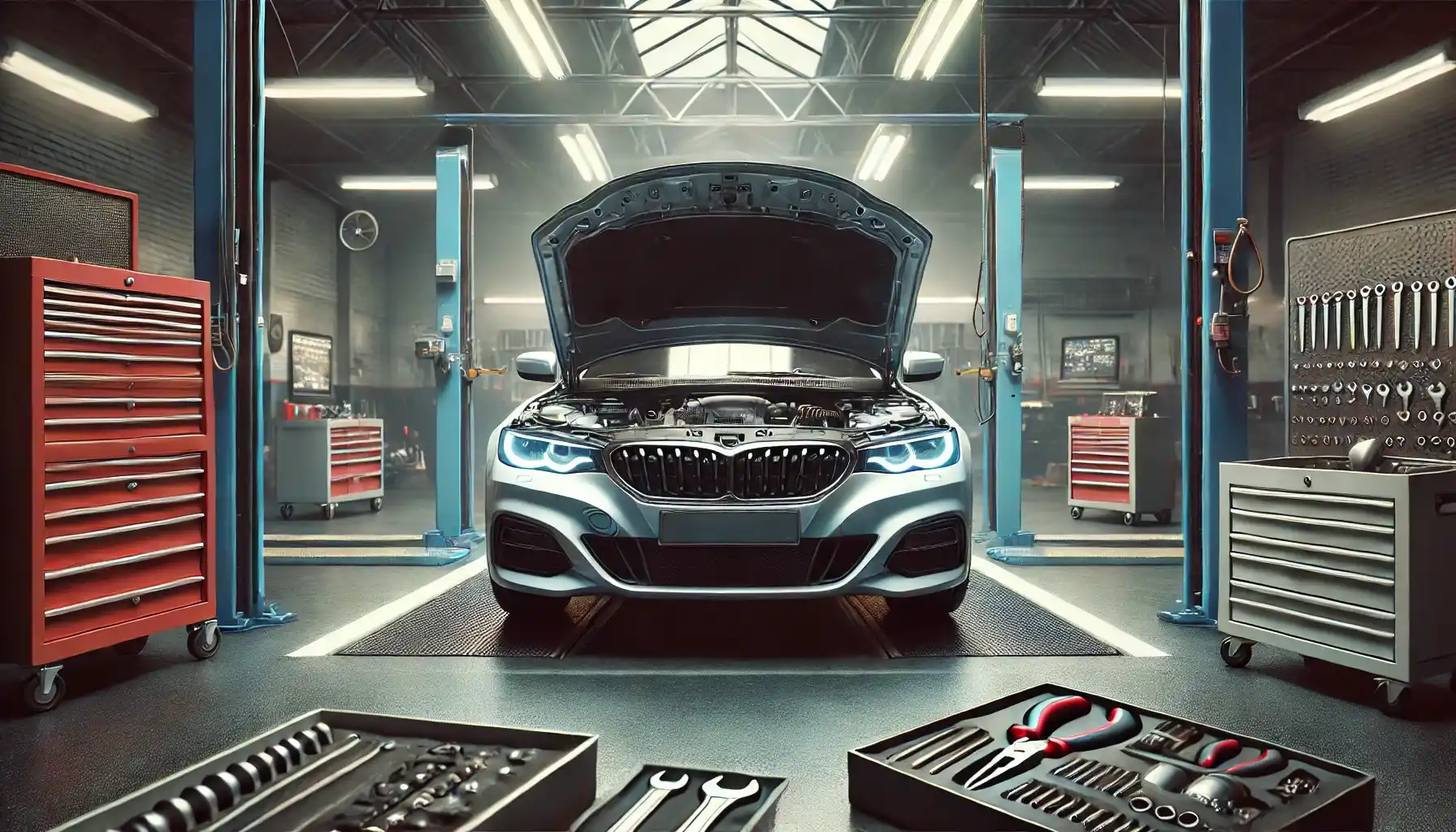Effective Tips for the Monsoon Season
The monsoon season in the Philippines is a time of refreshing rains, but for car owners, it can also bring a host of challenges. One of the most common issues faced is a soaked car interior, whether from an open window during a downpour or heavy rain seeping through worn seals. Left untreated, moisture inside your vehicle can lead to unpleasant odors, mold, mildew, and even long-term damage to the upholstery and electronics. However, with some quick thinking and the right approach, you can prevent these problems and keep your car's interior in prime condition. This guide will walk you through essential steps to revive your car after it's been soaked, ensuring a dry and comfortable ride, no matter the weather.
As the monsoon season hits the Philippines, car owners often find themselves dealing with the aftermath of heavy downpours – a soaked car interior. Neglecting this issue can lead to mold, mildew, and permanent damage to your vehicle's upholstery and electrical components. But don't worry, with a few simple steps, you can quickly revive your car's interior and prevent any long-term issues.
Prioritize Drying
The first and most crucial step is to act quickly. The longer the moisture stays trapped inside your car, the harder it will be to fully dry it out. Start by opening all the doors and windows to allow maximum airflow. This initial step helps in reducing the humidity levels inside the vehicle, making the drying process more effective.
Use a shop vacuum or a wet/dry vacuum to suck up any standing water on the floors and seats. These vacuums are designed to handle large volumes of water and can be very effective in the initial stages of drying. Ensure you vacuum thoroughly, paying extra attention to areas where water tends to accumulate, such as the footwells and under the seats.
Next, use a clean, dry microfiber cloth or towel to blot and absorb as much moisture as possible from the surfaces. Pay special attention to crevices, seat belts, and the dashboard, as these areas tend to hold onto water. Microfiber cloths are highly absorbent and can help remove water that the vacuum might miss.
Ventilate and Dehumidify
1. Using Fans and Dehumidifiers
Once you’ve removed the excess water, it’s time to speed up the drying process. Position a fan or portable dehumidifier inside the car to circulate the air and draw out the remaining moisture. A high-powered fan can create strong airflow, helping to evaporate any lingering moisture. Place the dehumidifier on the floor of your car and let it run for several hours. This will help in absorbing the dampness from the air inside the vehicle.
2. Using a Hairdryer
You can also use a hairdryer on a low, cool setting to target specific areas. This is particularly useful for drying out tight spots and hard-to-reach places. Be cautious not to use high heat settings as this can damage your car's interior materials.
3. Natural Sunlight
If you have access to a sunny spot, park your car there and let the natural heat and sunlight do their work. Sunlight is a natural disinfectant and can help eliminate bacteria and mold spores. Just be sure to close the doors and windows once the interior is mostly dry to prevent any further moisture from seeping in.
Applying Protectants
After your car’s interior is fully dried, consider applying a protectant or conditioner to the upholstery and leather surfaces. These products can help prevent cracking, fading, and premature wear. Use a high-quality leather conditioner for leather seats and a fabric protector spray for cloth seats.
Waterproof Accessories
You can also invest in waterproof seat covers and floor mats to provide an additional layer of protection during the rainy season. These accessories are designed to repel water and can be easily cleaned and dried.
Routine Inspections
Remember to check your car's interior regularly, even after the initial drying process. Look for any signs of mold or mildew, such as a musty smell or visible spots on the fabric. If you notice any issues, address them promptly to maintain a healthy, well-maintained interior.
Cleaning Products
Use cleaning products specifically designed to eliminate mold and mildew. These products can penetrate fabrics and surfaces to kill mold spores and prevent future growth. Ensure you follow the instructions on the cleaning product labels for the best results.
Why Car Insurance Matters During the Rainy Season
Having a reliable car insurance policy can be a game-changer during the monsoon season. While drying out your car’s interior is essential, some damage caused by water can be costly and difficult to repair, such as electrical system failures or serious mold infestations. This is where a comprehensive car insurance policy steps in, covering repairs and even replacements that might otherwise strain your budget.
During heavy rains, incidents like flooding, road accidents due to slippery surfaces, or water seeping into your car’s engine are all possibilities. A good car insurance policy doesn’t just protect your vehicle from these risks; it provides peace of mind, knowing that you're financially covered in the event of serious damage. Comprehensive policies often cover natural disasters, accidents, theft, and even damage from falling objects like tree branches during storms.
Additionally, many insurers offer 24/7 roadside assistance, which is invaluable if you get stranded or face any water-related breakdowns during a storm. Instead of dealing with the stress of unexpected expenses, car insurance ensures that you’re protected, leaving you with one less worry as you drive through the rain.
If you’re looking for reliable and affordable car insurance options tailored to the unpredictable weather in the Philippines, consider visiting Oona Insurance. Oona offers a range of policies designed to safeguard you and your car from the unexpected, giving you confidence on the road, rain or shine.
Conclusion
Rain is an inevitable part of life, especially during the monsoon season in the Philippines, but it doesn’t have to ruin your car’s interior. With a proactive approach and a few handy tools, you can quickly dry out your vehicle and prevent any lasting damage. By following these steps, from using vacuums and dehumidifiers to applying protective treatments, you’ll ensure that your car remains fresh, clean, and ready for any weather. Routine inspections and the use of waterproof accessories will give you added peace of mind, knowing that your car is prepared to handle the rainy season with ease. Keep your interior in top shape, and you’ll enjoy a comfortable, dry ride year-round.
































